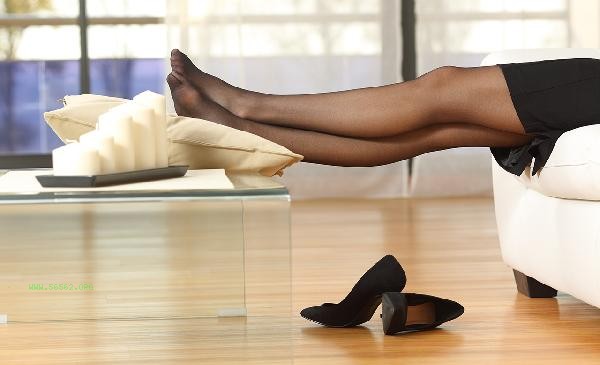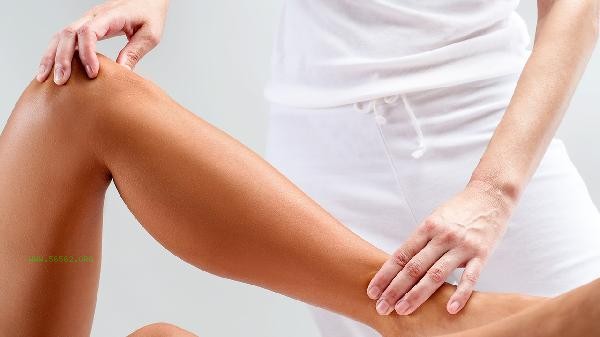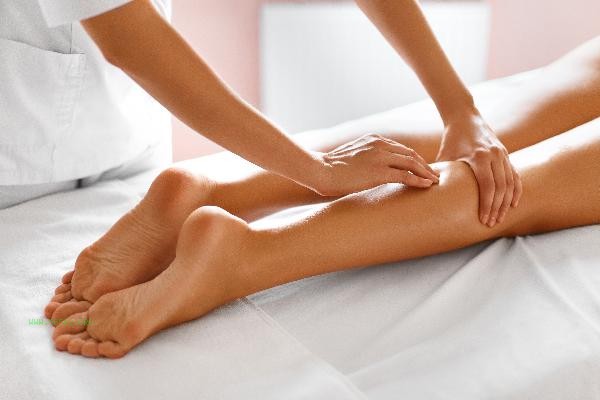The main tools for exercising leg muscles at home include elastic bands, kettlebells, yoga mats, dumbbells, and stair treads.

1. Elastic Band
Elastic band is a lightweight and multifunctional fitness tool suitable for leg training of different intensities. By adjusting the length and resistance of the elastic band, movements such as squats, side steps, and leg bending can be performed, effectively stimulating the muscles in the front and back of the thighs. Elastic bands have minimal impact on joints and are suitable for rehabilitation training or beginners. Attention should be paid to maintaining core stability during use to avoid waist compensation caused by posture errors.
2. The unique center of gravity design of the kettlebell is suitable for leg training that combines explosive power and endurance. The swinging of the kettlebell can strengthen the hip and thigh posterior chain muscles, while the deep squatting of the kettlebell can fully activate the quadriceps. When choosing weight, one should start with a light weight and gradually adapt to it before increasing the load. During training, it is necessary to tighten the abdomen to prevent excessive bending of the lumbar spine, and the movement trajectory should be kept smooth.
3. Yoga Mat
Yoga mats provide cushioning and protection for ground training, suitable for static leg shaping exercises. Actions such as lifting legs with a flat support and lying on the side can accurately exercise the inner and outer muscles of the thigh. Thicker pads can reduce knee pressure, but attention should be paid to anti slip performance. Cooperating with respiratory control can improve muscle recruitment efficiency and is suitable as a relaxation session after high-intensity training.
4. Dumbbells

Dumbbells can enhance leg muscle dimension through classic movements such as weight-bearing squats and lunge squats. Holding the bell with both hands can improve movement balance, while unilateral training can correct muscle asymmetry. Suggest choosing a set with adjustable weight to transition from self weight training to moderate weight-bearing. When squatting, the knee direction should be aligned with the toe to avoid joint damage caused by inward movement.
5. Step pedals
Step pedals strengthen the quadriceps and gluteus muscles through up and down step movements, simulating the effect of mountain climbing training. The adjustable height design can adapt to different training intensities, and single leg stair exercises can also improve balance ability. During training, the entire foot should be in contact with the pedal to avoid tiptoeing and causing tension in the Achilles tendon. Coordinating with the rhythm of music can be transformed into an efficient training that combines aerobic and strength training.
When doing leg training at home, it is recommended to schedule 3-4 targeted exercises per week and choose 2-3 tool combinations to use each time. Perform 5-10 minutes of dynamic warm-up exercises such as high leg lifts and ankle joint loops before training, and perform static stretching after training to help muscles recover. Ensure sufficient intake of high-quality protein in diet, such as eggs, soy products, etc., and supplement minerals with dark vegetables. Delayed muscle soreness may appear at the initial stage, which can be relieved by relaxing the foam axis. If there is joint discomfort or persistent pain, training should be paused and professional rehabilitation advice should be sought.









Comments (0)
Leave a Comment
No comments yet
Be the first to share your thoughts!